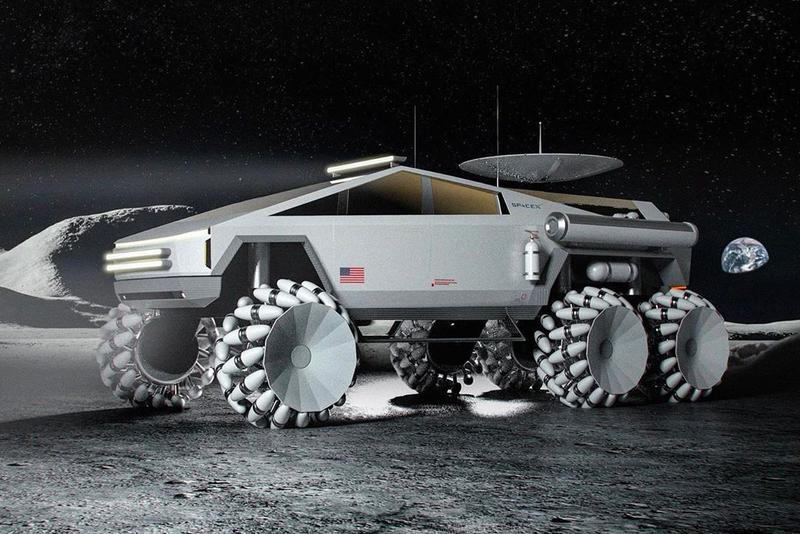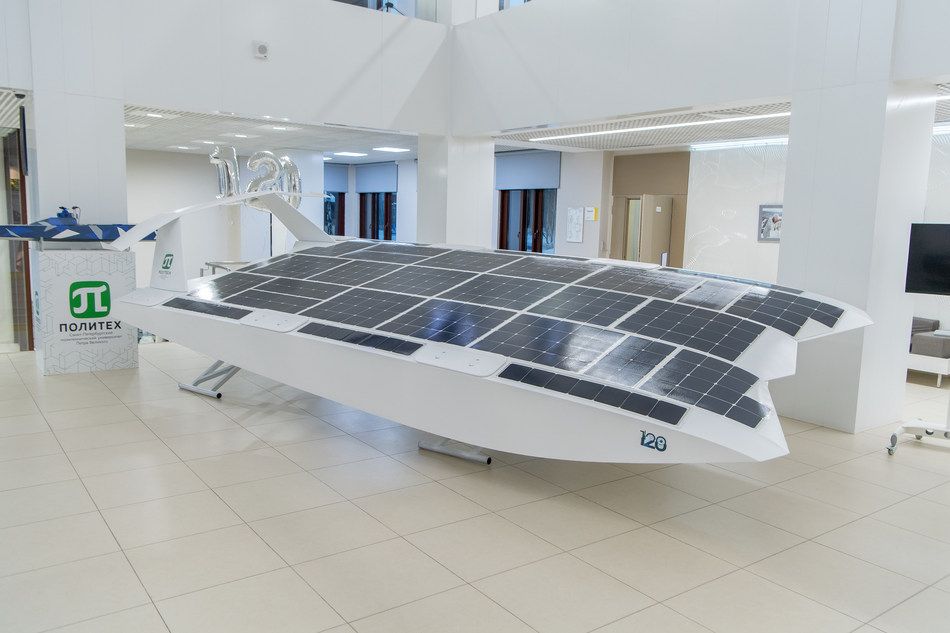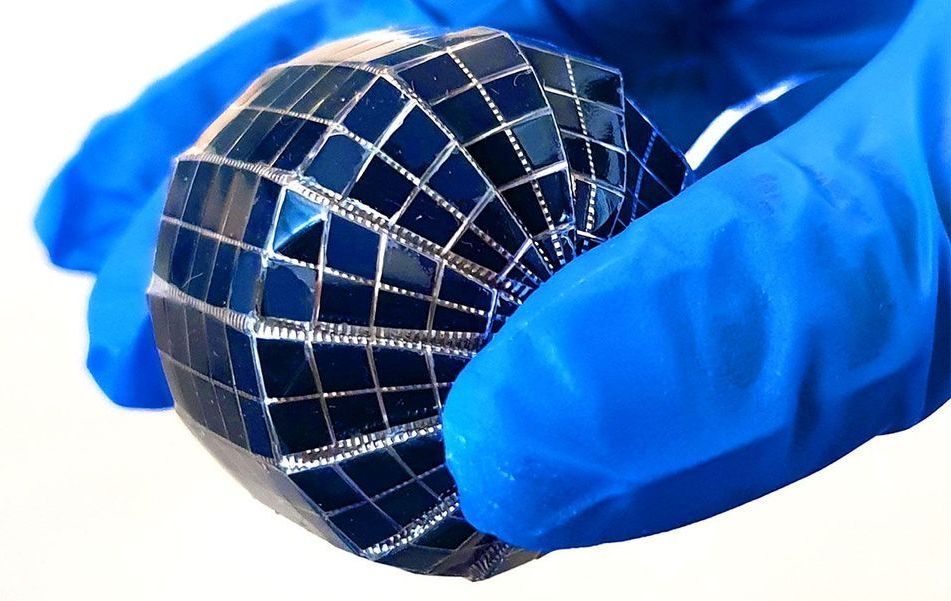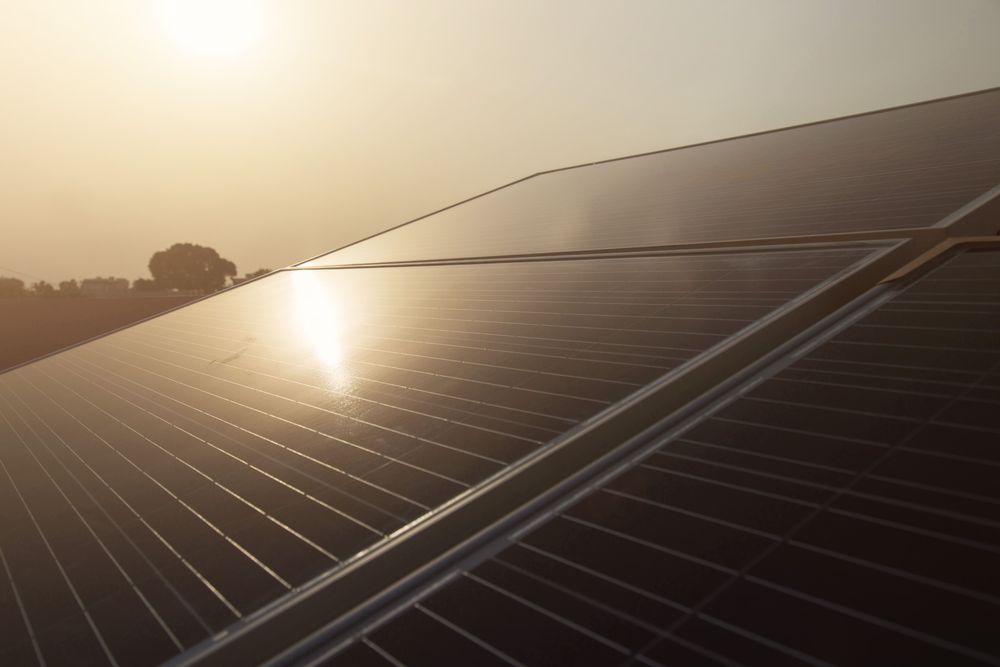SpaceX could use the electric skateboard of the Cybertruck to build all the of vehicles that they need for a lunar mining operation. About twenty-five to thirty cybertrucks could be delivered to the moon with every SpaceX Starship.
A lunar base and mining operation would lower the cost for lunar operations by 70 times and by ten times for high earth orbit. A lunar mining operation would also lower the cost of operations to Mars and the SpaceX plans for a city on Mars. Before, Elon Musk makes a city on Mars using a dozen fleets of one hundred Starships he will build a mining town on the moon.
Hypebeast has rendered a Tesla Cybertruck as a six-wheel lunar rover.







